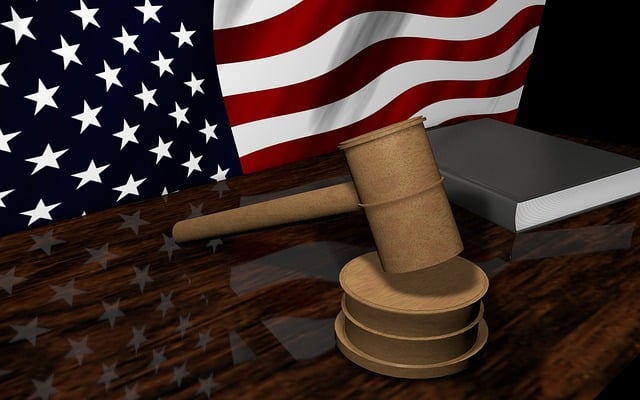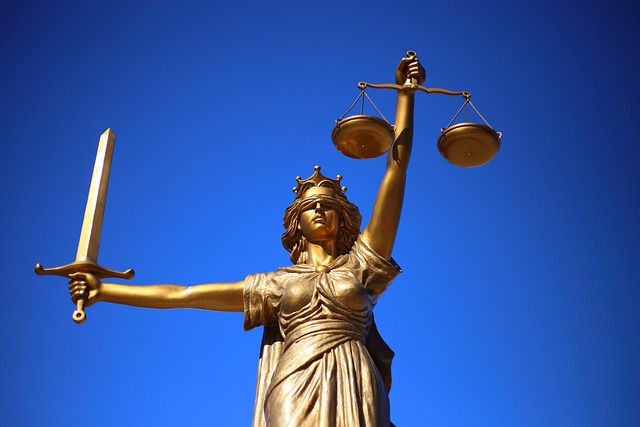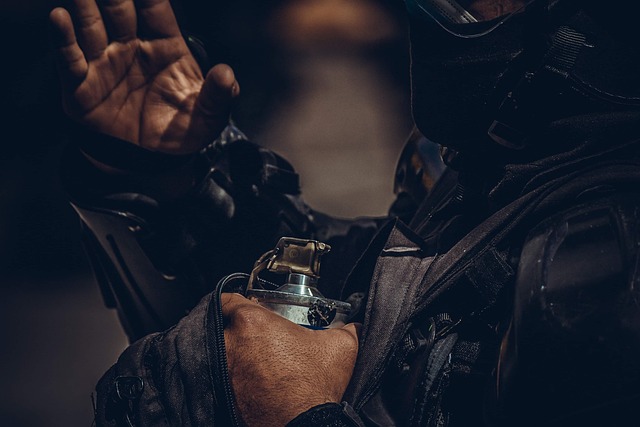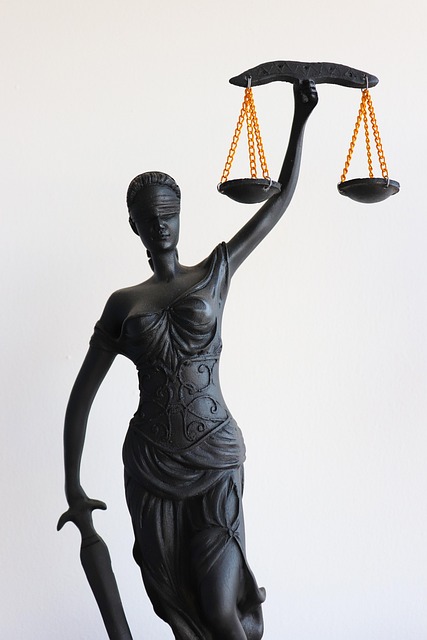Environmental Crime Trials (ECTs) face ethical challenges in balancing justice and sustainability. Understanding jury biases, influenced by personal experiences, cultural backgrounds, and public projections, is crucial for fair outcomes. Strategies to overcome these biases include strategic legal approaches, expert testimony, rigorous juror screening, and clear instructions during deliberation, ensuring fairness in ECTs.
“Environmental Crime Trials: Unveiling Justice in Eco-Offenses explores the intricate intersection of law and environmental protection. This article delves into defining these unique legal proceedings, where businesses and individuals face consequences for damaging ecosystems. We examine jury biases, the ethical dilemmas they pose, and their impact on sustainability. By analyzing real-world case studies, we uncover strategies to prevent bias in criminal cases, ensuring fairness and accountability. Understanding jury dynamics is crucial in navigating these complex trials, especially when addressing the growing concern of environmental crimes.”
- Defining Environmental Crime Trials: A Legal Perspective
- Uncovering Jury Biases: Factors Influencing Verdicts
- Ethical Dilemmas: Balancing Justice and Sustainability
- Case Studies: Real-World Examples of Environmental Trials
- Preventing Bias: Ensuring Fairness in Criminal Cases
Defining Environmental Crime Trials: A Legal Perspective
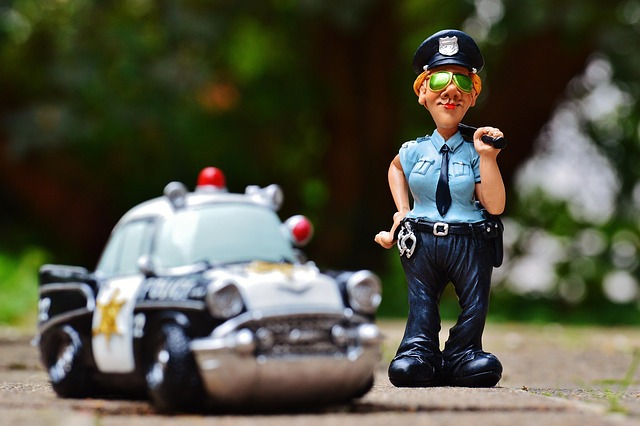
Environmental Crime Trials (ECTs) refer to legal proceedings that address violations of environmental laws and regulations. These trials play a crucial role in holding corporate and individual clients accountable for actions causing significant harm to the environment. The scope of ECTs spans all stages of the investigative and enforcement process, encompassing pollution, habitat destruction, and resource depletion.
From a legal perspective, understanding jury biases in criminal cases is essential when conducting ECTs. Juries, composed of civilians from diverse backgrounds, may hold preconceived notions about environmental issues, which could influence their decisions. Recognizing and managing these biases are vital to ensuring fair trials. This involves presenting clear, evidence-based arguments, providing expert testimony, and carefully structuring legal strategies to engage the jury across the country.
Uncovering Jury Biases: Factors Influencing Verdicts
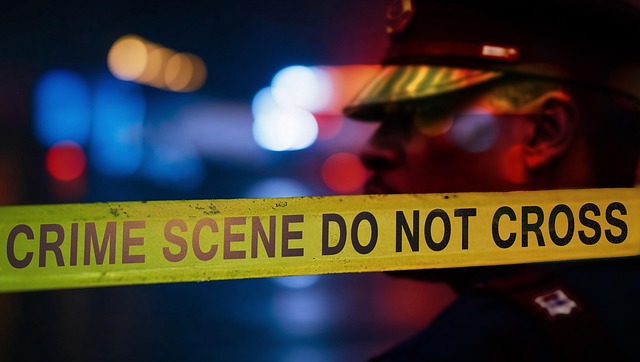
Understanding Jury Biases in Criminal Cases is a complex task, especially when dealing with sensitive topics like environmental crimes. Several factors can influence a jury’s verdict, leading to potential biases that may affect the fairness of a trial. One significant aspect is the background and demographics of the jurors themselves. Personal experiences, cultural backgrounds, and pre-existing views on environmental issues can all play a role in shaping their perceptions. For instance, individuals from heavily industrialized areas might hold different attitudes towards pollution compared to those from pristine regions, potentially impacting their assessment of evidence related to environmental degradation.
Additionally, the specific nature of white collar and economic crimes often involves intricate financial networks and complex legal arguments, which can further complicate matters. Juries in these cases may face challenges in understanding the nuances of the charges, particularly when dealing with alleged philanthropic or political misconduct. The involvement of prominent figures or influential organizations might also evoke biases, as people tend to project their own views and expectations onto such high-profile defendants, often referred to as the “white collar defense.” These biases can inadvertently shape their decision-making process, underscoring the need for careful consideration in selecting and guiding juries.
Ethical Dilemmas: Balancing Justice and Sustainability

In environmental crime trials, one of the critical challenges lies in addressing ethical dilemmas that arise from balancing justice with sustainability. As these cases often involve complex issues like pollution, habitat destruction, and climate change, understanding jury biases becomes paramount. The traditional criminal justice system may struggle to effectively penalize corporations and individuals responsible for ecological damage due to deeply rooted social and economic factors. For instance, corporate and individual clients might exploit loopholes in the law or leverage their significant resources to avoid indictment, creating an imbalance where those who cause environmental harm are not held fully accountable.
Despite these challenges, an unprecedented track record of successful prosecutions is emerging, thanks to heightened public awareness and more stringent environmental regulations. By employing innovative legal strategies and emphasizing the long-term costs of ecological crimes, prosecutors can combat jury biases and secure just outcomes. This involves presenting compelling evidence that connects immediate economic gains to devastating environmental impacts, ensuring that justice serves as a deterrent for future offenses while promoting sustainable practices.
Case Studies: Real-World Examples of Environmental Trials

In the realm of environmental crime trials, understanding jury biases is paramount. Real-world examples, or case studies, offer valuable insights into how these biases can influence outcomes in high-stakes cases across the country. For instance, trials involving controversial clean-up efforts or regulatory disputes often face challenges related to public perception and community sentiment. Juries may bring preconceived notions about environmental protection and corporate responsibility, which can impact their decisions.
These case studies highlight the need for effective general criminal defense strategies tailored to address specific biases. Lawyers must navigate complex landscapes where scientific evidence intersects with societal concerns. By studying successful defenses in similar cases, legal professionals can enhance their approach to these trials, ensuring fairness and justice in a domain that often carries significant environmental and economic implications.
Preventing Bias: Ensuring Fairness in Criminal Cases

Understanding Jury Biases in Criminal Cases is a critical component of achieving fairness in high-stakes trials. Jurors, despite their best efforts, can unconsciously harbor biases that may influence their decisions. These biases, rooted in societal stereotypes and individual experiences, can significantly impact how they perceive evidence and ultimately render verdicts. For instance, racial or gender bias could lead to unfair judgments, particularly in cases involving sensitive environmental issues where marginalized communities are often most affected.
To prevent such biases from undermining the integrity of a trial, legal professionals must employ strategies that ensure a balanced and impartial jury. This includes rigorous juror screening processes, raising awareness about implicit biases during jury selection, and providing clear instructions to help jurors set aside personal prejudices when deliberating. By addressing these issues head-on, the legal system can strive for extraordinary results in winning challenging defense verdicts, ensuring that justice is truly blind and impartial.
Environmental crime trials pose unique challenges, from uncovering hidden biases within juries to achieving a delicate balance between justice and sustainability. By examining case studies and implementing strategies to prevent bias, we can ensure fairness in criminal cases related to environmental crimes. Understanding jury biases is crucial for navigating these complex legal landscapes, ultimately fostering a more just and sustainable future. This comprehensive approach, which includes education, transparency, and robust procedural safeguards, is essential to addressing the pressing environmental issues of our time.



